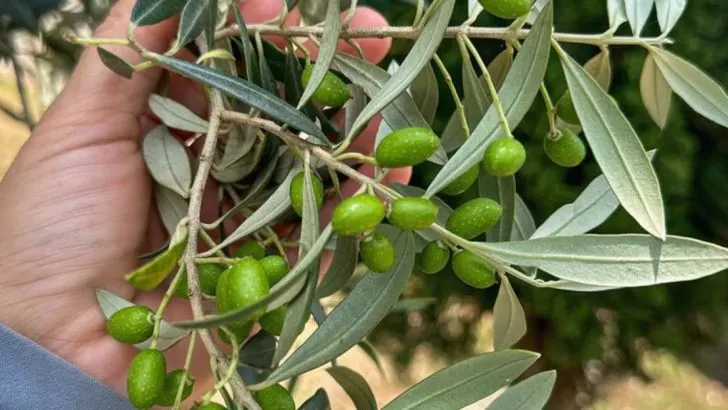Drought is often seen as the ultimate test for any garden — and while many plants wilt or fail, some actually bounce back stronger once the dry spell ends. These resilient varieties don’t just survive drought; they often respond with better blooms, deeper color, or more vigorous growth.
In this article, we’ll explore 15 plants that thrive post-drought, thanks to their natural adaptations and stress responses. We’ll also cover 5 plants that rarely recover, no matter how much care they get afterward — so you know what to avoid in drought-prone areas.
Choose wisely, and your garden can emerge from dry conditions looking better than ever.
Lavender
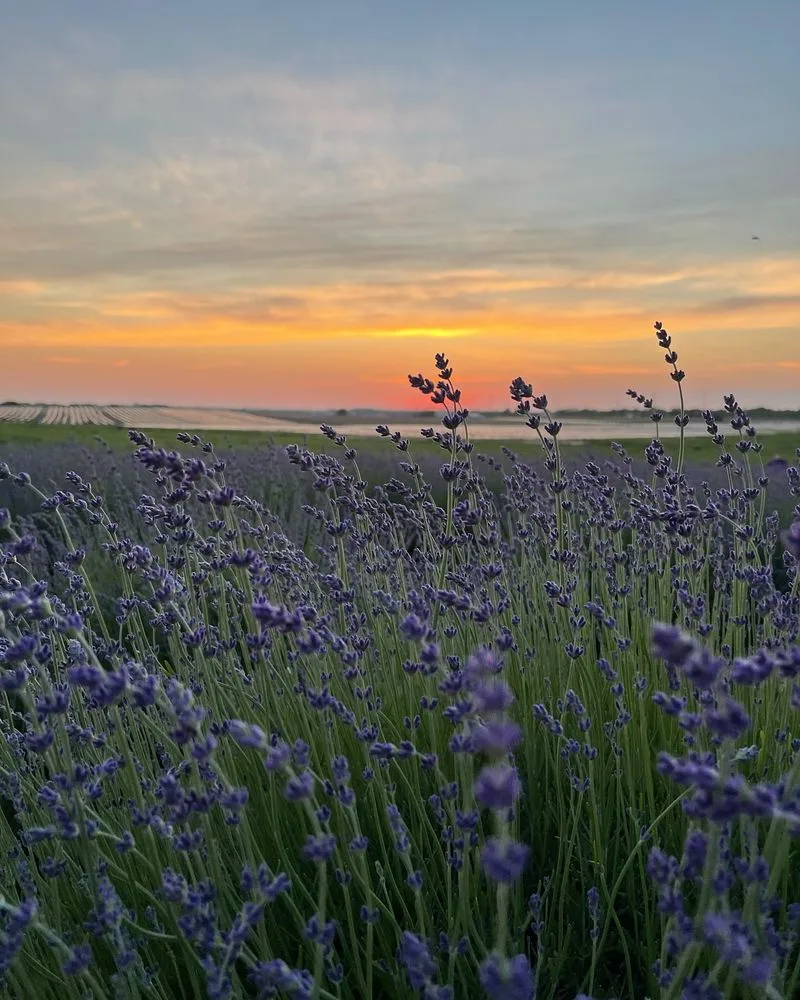
Imagine a garden filled with the calming fragrance of lavender, a plant that seems to thrive where few others can. Drought doesn’t daunt lavender; instead, it enhances its essential oil production and intensifies its soothing aroma. Its silvery leaves reflect sunlight, reducing water loss and heat absorption. Lavender’s ability to retain its beauty even after dry periods makes it an ideal choice for creating a serene garden atmosphere. Consider planting lavender in well-drained soil to ensure it continues to prosper even during challenging weather conditions.
Succulents
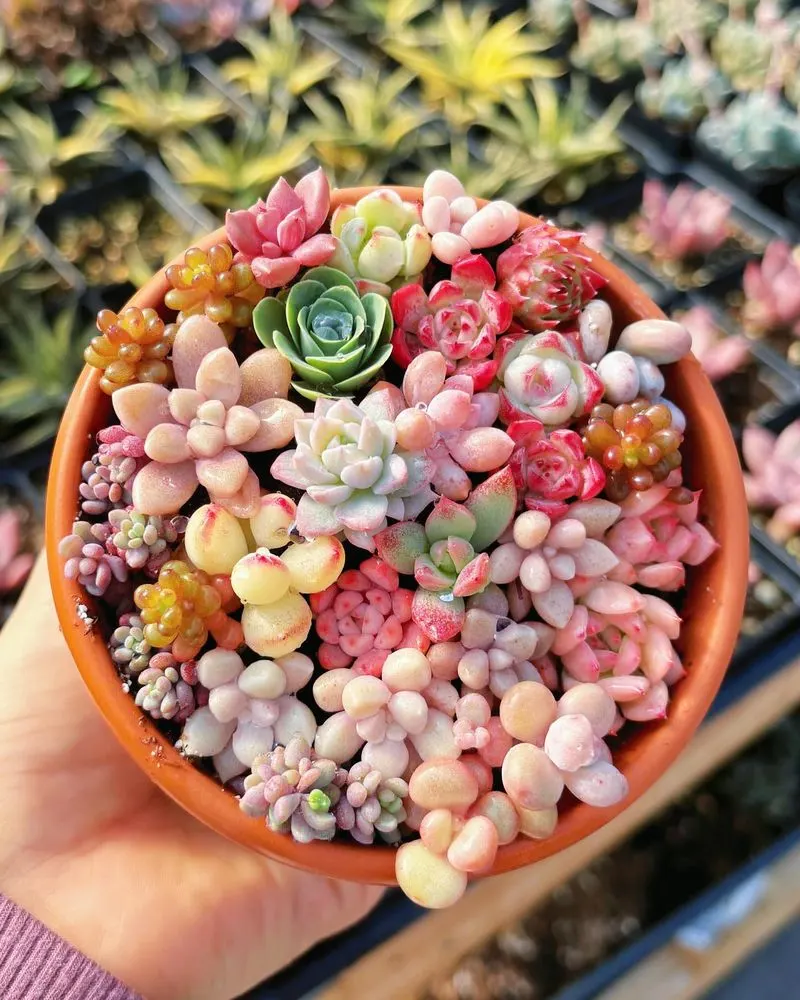
Succulents are the epitome of drought resilience with their fleshy leaves designed for water storage. These hardy plants come in various shapes and colors, adding visual interest to any garden. During droughts, succulents reduce their metabolic activity, conserving energy and water. Their thick, waxy leaves minimize evaporation, making them ideal for xeriscaping. Succulents often become more vibrant in appearance after a drought, as stress can enhance their coloration. With minimal care requirements, they are perfect for busy gardeners or those in arid regions.
Agave
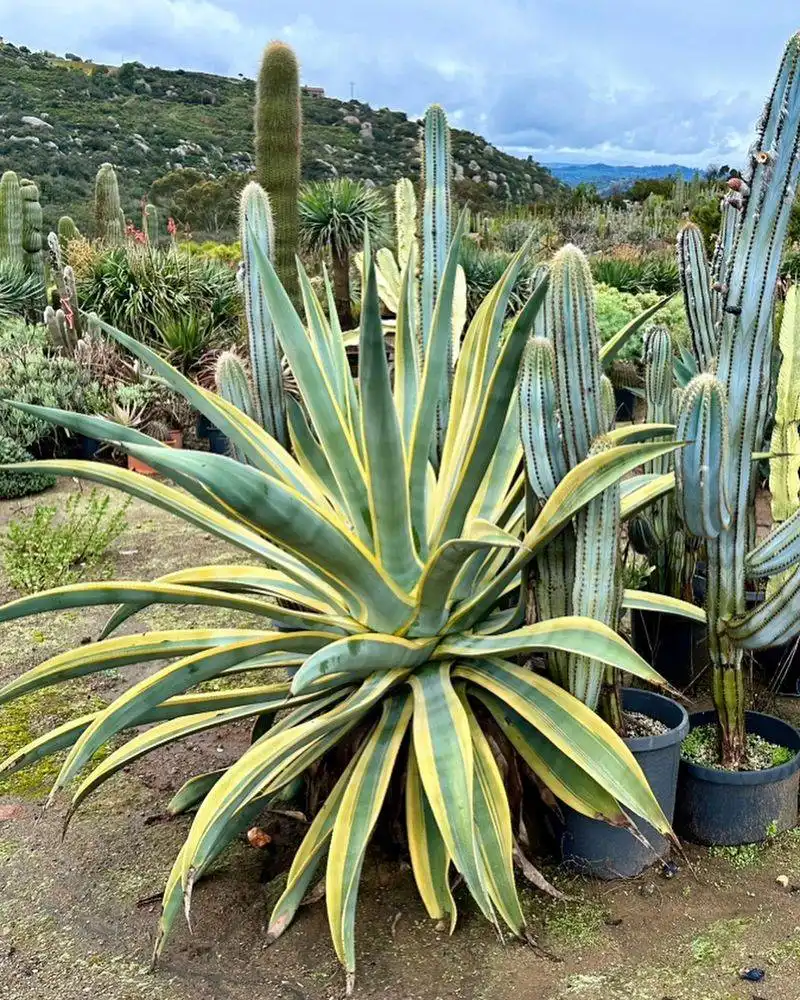
Agave, with its striking rosette form and sharp architectural presence, is built to withstand drought. Its leaves store water efficiently, allowing it to survive prolonged dry periods. When water is scarce, agave plants slow their growth and focus on conserving resources. Their ability to recover after drought is remarkable, often producing more robust growth once the rains return. Agave’s resilience makes it a popular choice for water-wise gardens, providing bold texture and structure to landscapes.
Sagebrush

Sagebrush exudes resilience, thriving in arid climates where other plants would falter. Its silvery leaves are adapted to reflect sunlight and reduce water loss. During drought, sagebrush’s deep roots tap into underground water reserves, ensuring survival. Post-drought, this plant often exhibits renewed vigor, with its aromatic foliage becoming more pronounced. Sagebrush not only survives dry spells but also provides important habitat and food sources for wildlife, making it a key component of drought-prone ecosystems.
Bougainvillea
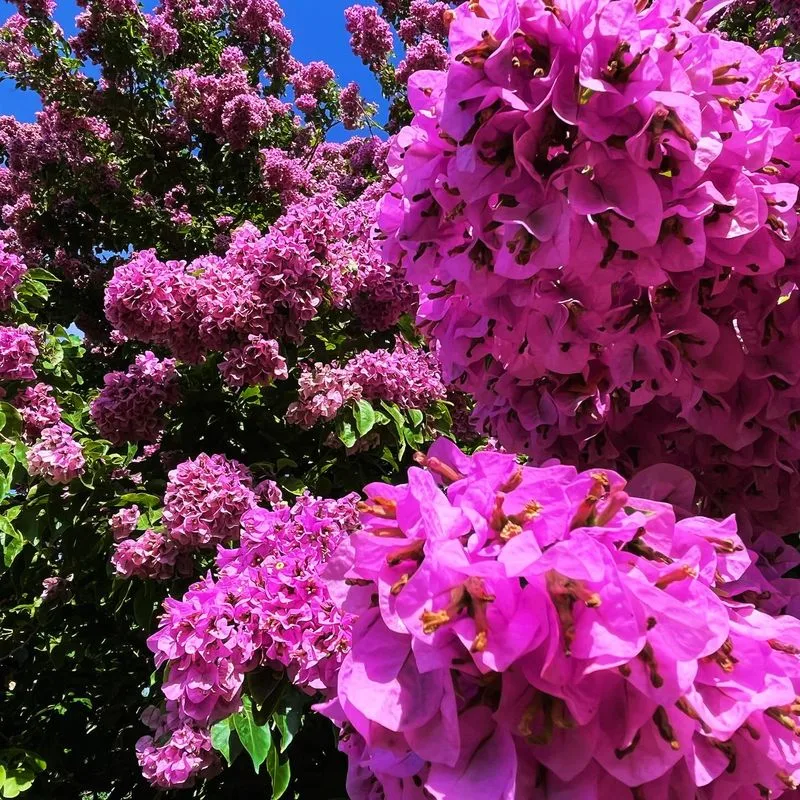
With its explosion of color, bougainvillea is a drought-loving powerhouse. This plant’s vibrant bracts flourish under stress, creating stunning displays even when water is scarce. Bougainvillea’s drought tolerance is attributed to its deep root system and ability to reduce water loss through its leaves. After a dry spell, the plant often rewards with an even more intense burst of color. Ideal for brightening up fences and trellises, bougainvillea is a perfect addition to any water-conscious garden.
Olive Tree
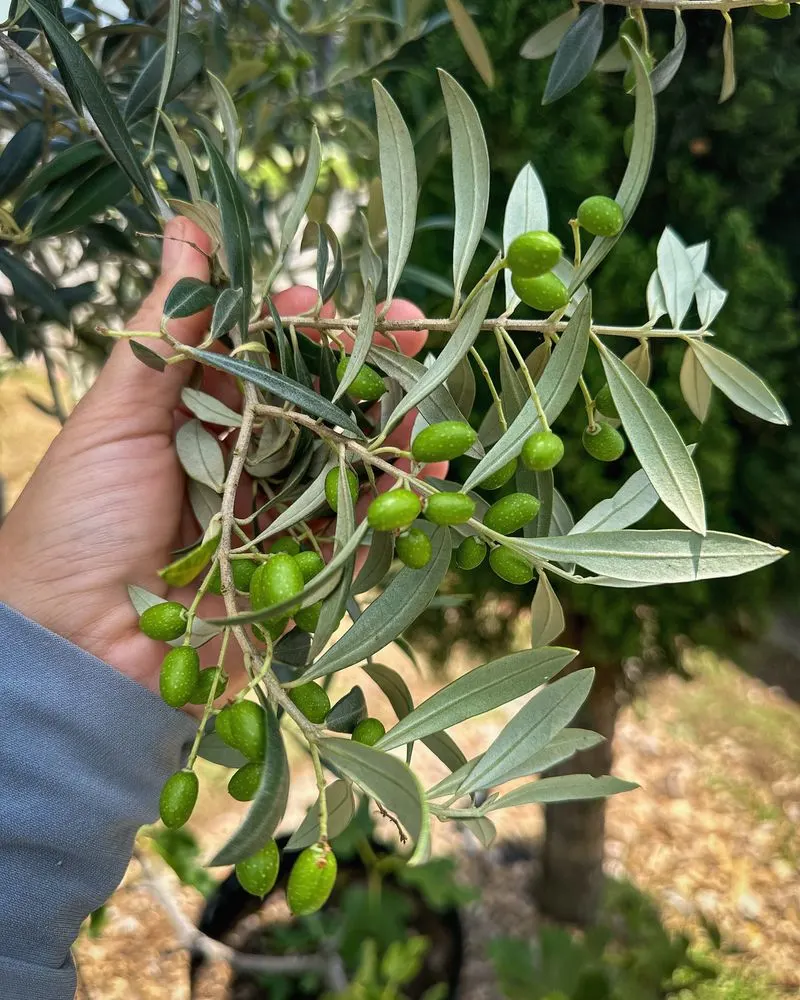
The olive tree is synonymous with endurance and strength, thriving in conditions that would challenge many other plants. Its deep roots and tough leaves are adapted to withstand drought, while its slow growth conserves resources. After a drought, olive trees often flourish, producing better quality fruits and oils. Their historical significance and ability to thrive in arid climates make them a timeless choice for sustainable gardening. Whether as a fruit-bearing tree or an ornamental, olives provide a touch of Mediterranean charm.
Eucalyptus

Eucalyptus trees are legends of adaptability. Known for their rapid growth and distinctive aroma, these trees have evolved to thrive in dry conditions. Their leaves minimize water loss and their deep roots access hidden moisture. After drought, eucalyptus often shows a burst in growth and vitality, with its aromatic oils becoming more concentrated. These trees not only survive but enrich the environment with their presence, offering habitat and food for various wildlife species, while being a great addition to larger landscapes.
Cactus

Cacti are iconic symbols of desert resilience. Their thick, ribbed bodies are perfect for storing water, allowing them to withstand long periods without rainfall. These plants have adapted to open and close pores to minimize water loss. After a drought, cacti often bloom with vibrant flowers, showcasing their ability to survive and thrive. Their minimal care requirements and dramatic appearance make them an excellent choice for dry gardens. Whether in pots or as landscape features, cacti bring a touch of the desert to your home.
Russian Sage
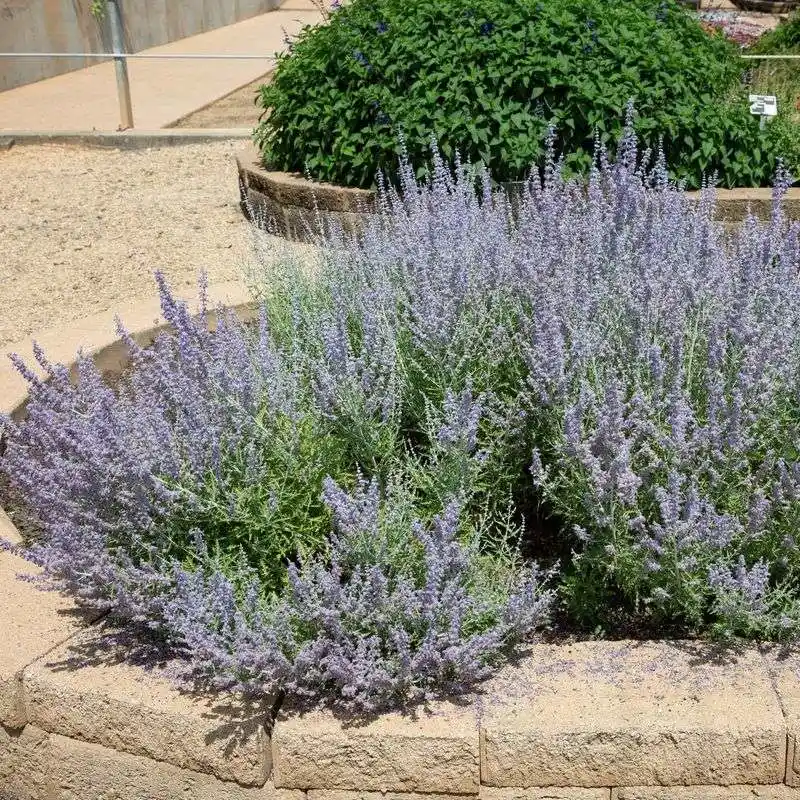
Russian sage brings a burst of color and fragrance to any garden with its tall spires of lavender-blue flowers. Its woody stems and silvery leaves are well adapted to dry conditions, reflecting sunlight and conserving water. After a drought, Russian sage often becomes more robust, with improved flowering. This plant attracts pollinators and adds movement and texture to gardens, making it a valuable addition for those dealing with water scarcity. Its ability to thrive despite harsh conditions makes it a gardener’s favorite.
Thyme
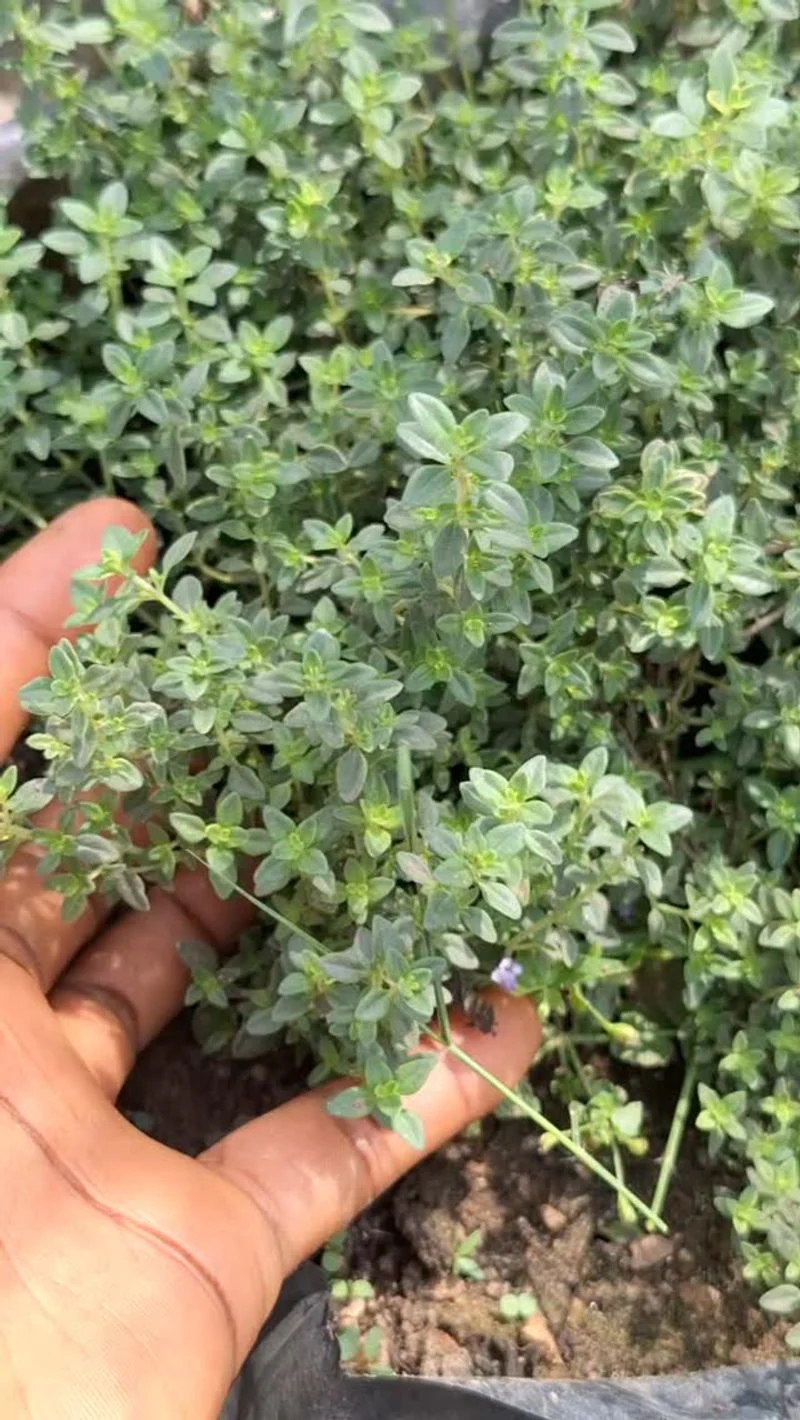
Thyme, a culinary herb beloved for its aroma and flavor, is also a champion of drought tolerance. Its small leaves reduce water loss, while its creeping habit helps conserve soil moisture. Thyme often gains in aroma intensity after a drought, enhancing its culinary uses. Ideal for herb gardens and rockeries, thyme’s resilience and ease of care make it a gardener’s ally. Whether used fresh or dried, its robustness in dry conditions ensures a steady supply of flavorful leaves year-round.
Aloe Vera
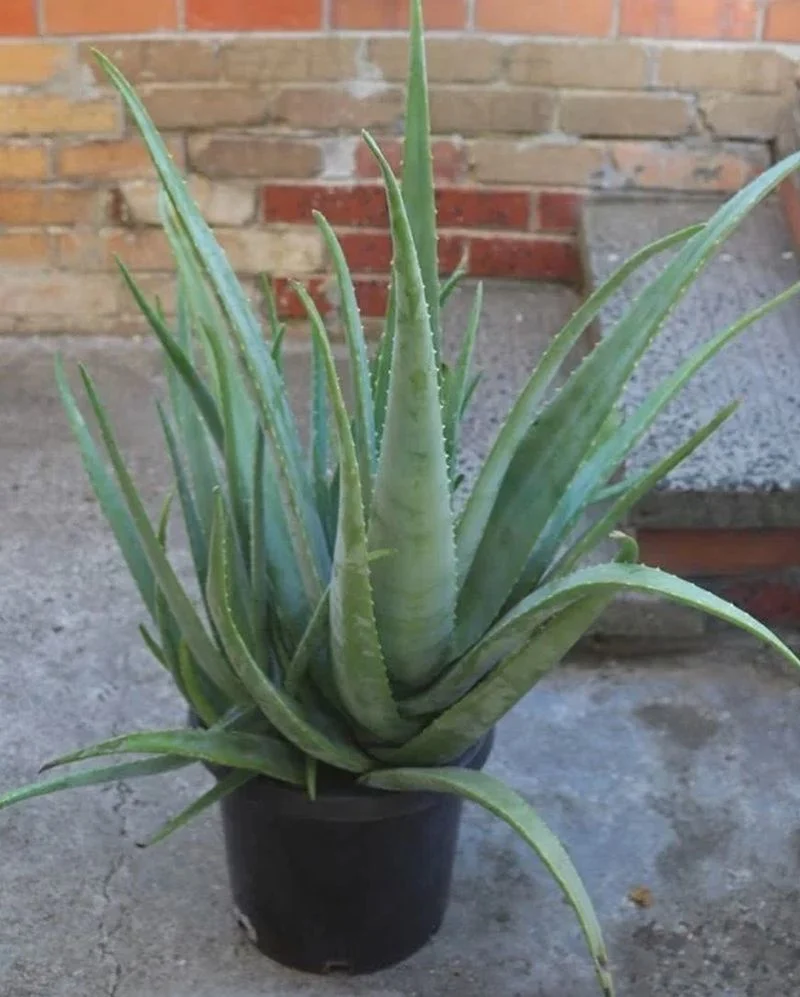
Aloe vera is renowned not only for its skin-soothing properties but also for its ability to thrive in arid conditions. Its succulent leaves store water efficiently, allowing it to endure prolonged droughts. After dry periods, aloe vera often rebounds with vigor, producing offsets that can be propagated. Its healing gel and easy care requirements make it a practical addition to any home or garden. Aloe vera thrives both indoors and outdoors, offering both beauty and utility, especially in climates prone to dry spells.
Pineapple Sage
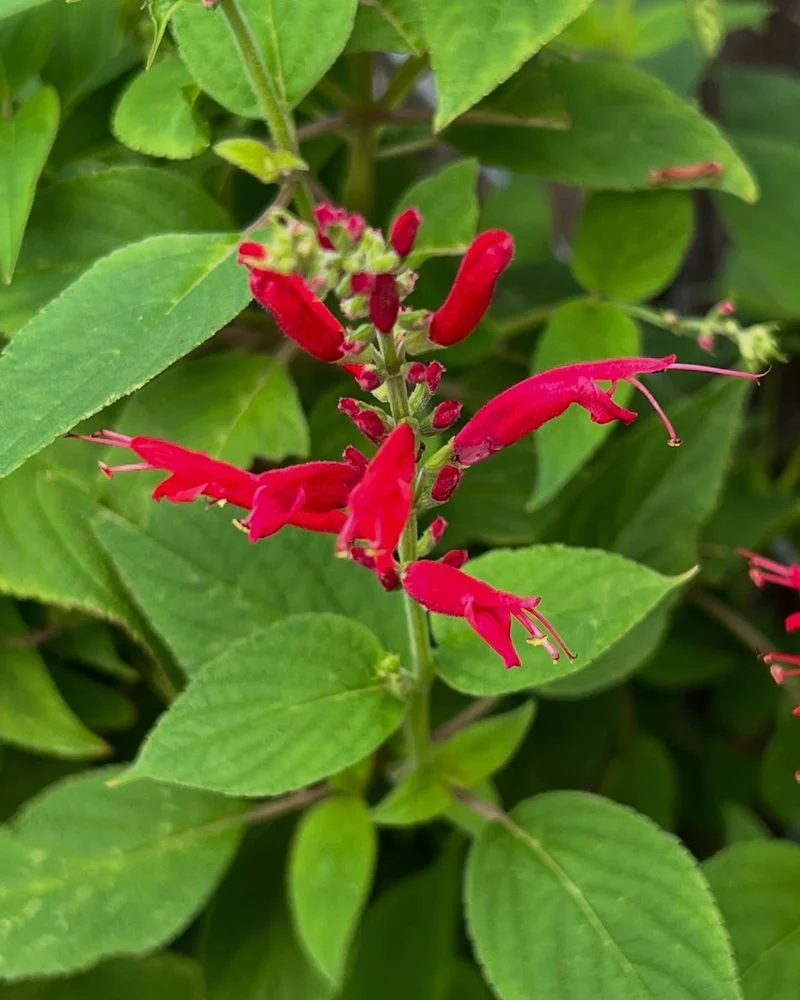
Pineapple sage, with its delightful scent and vibrant red blossoms, is more than just a fragrant herb. It thrives in well-drained soils and can withstand dry spells with ease. After a drought, its aroma and flower production often intensify, turning it into a garden centerpiece. This plant attracts hummingbirds and adds a splash of color and fragrance to any landscape. Pineapple sage is not only an attractive choice for gardeners but also a resilient one, perfect for areas facing sporadic rainfall.
Rosemary
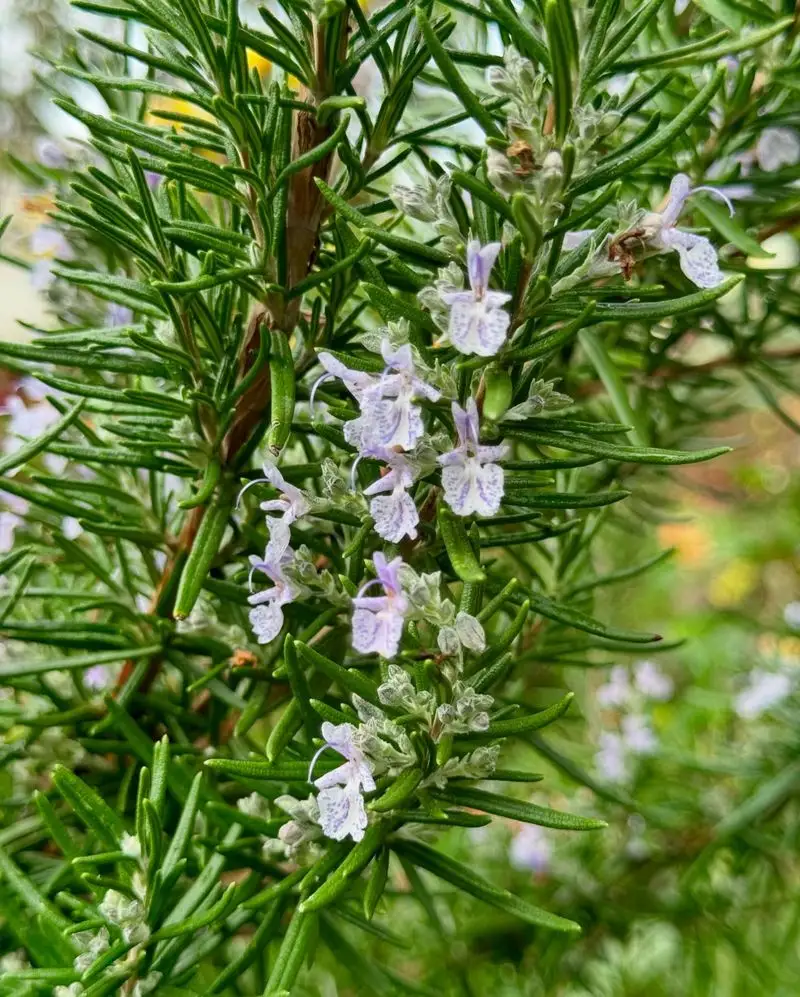
Rosemary is a staple in Mediterranean gardens, known for its aromatic, needle-like leaves and resilience in dry climates. This herb’s deep roots help access moisture well below the surface, allowing it to thrive where others might struggle. Post-drought, rosemary often flourishes with enhanced aroma and growth. Its culinary and ornamental uses make it a versatile choice for gardeners, while its ability to withstand arid conditions ensures it remains a garden favorite, providing both beauty and utility year-round.
Zinnias
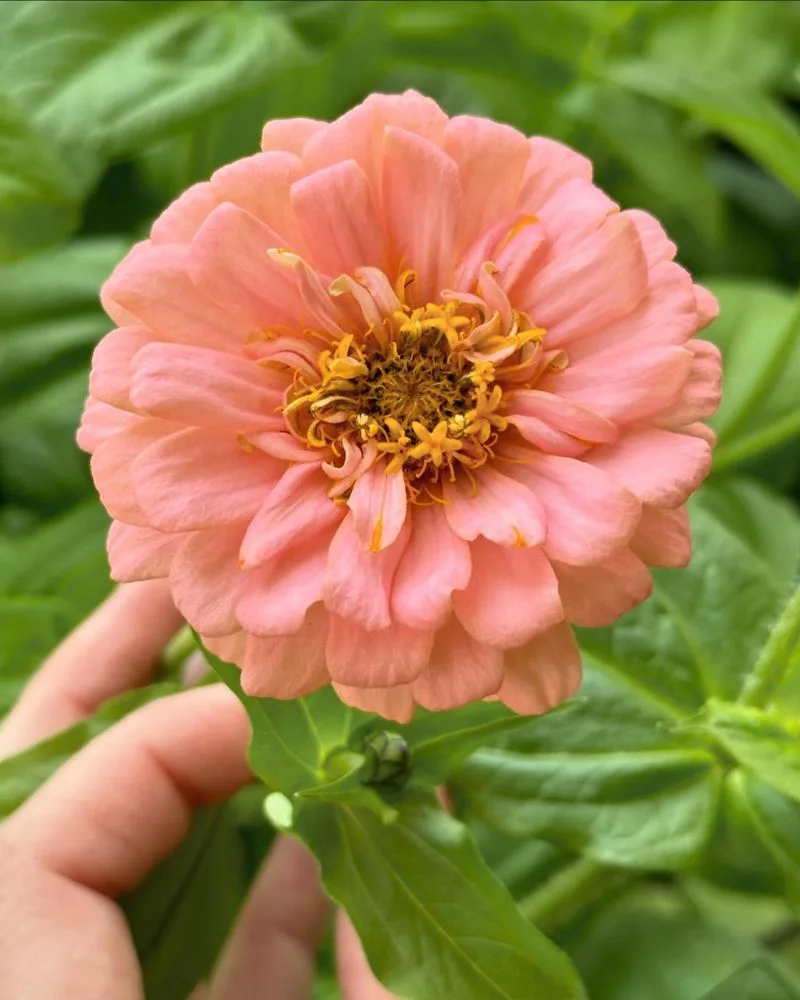
Zinnias are vibrant flowers that bring joy with their kaleidoscope of colors. These annuals are surprisingly drought-tolerant and can thrive in direct sunlight with minimal water. After a dry spell, zinnias often burst with color, adding spectacular visual interest to gardens. Their ease of growth and resilience make them a favorite for gardeners looking to add a splash of color without demanding care. Ideal for borders and cut flower gardens, zinnias continue to charm with their cheerful presence and hardiness.
Marigolds

Marigolds are bright, cheerful flowers that thrive in heat and sun, making them perfect for drought conditions. These flowers have adapted to store water within their stems and leaves, allowing them to survive dry spells. After drought, marigolds often bloom profusely, providing bursts of orange and yellow to gardens. Their ability to repel pests and their low maintenance needs make them a staple in eco-friendly gardens. Marigolds add a touch of sunshine to any landscape, ensuring gardens remain vibrant and pest-free.
Ferns
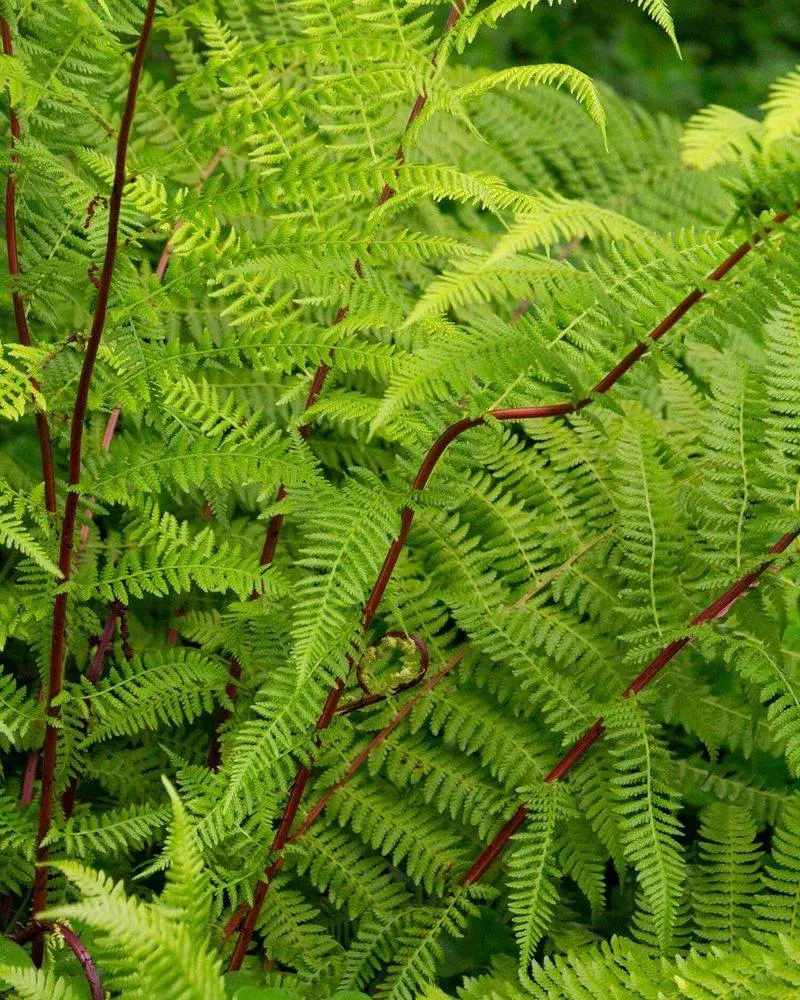
Ferns are known for their love of moisture, and a prolonged drought can be detrimental. These plants rely heavily on humid environments and consistent water to maintain their lush appearance. During drought, ferns often struggle, wilting and browning. Unlike drought-resistant plants, ferns find recovery challenging, making them less suitable for dry climates. Their delicate nature and dependence on water mean they require special care during dry spells, often needing extra watering and protection to survive harsh conditions.
Hydrangeas
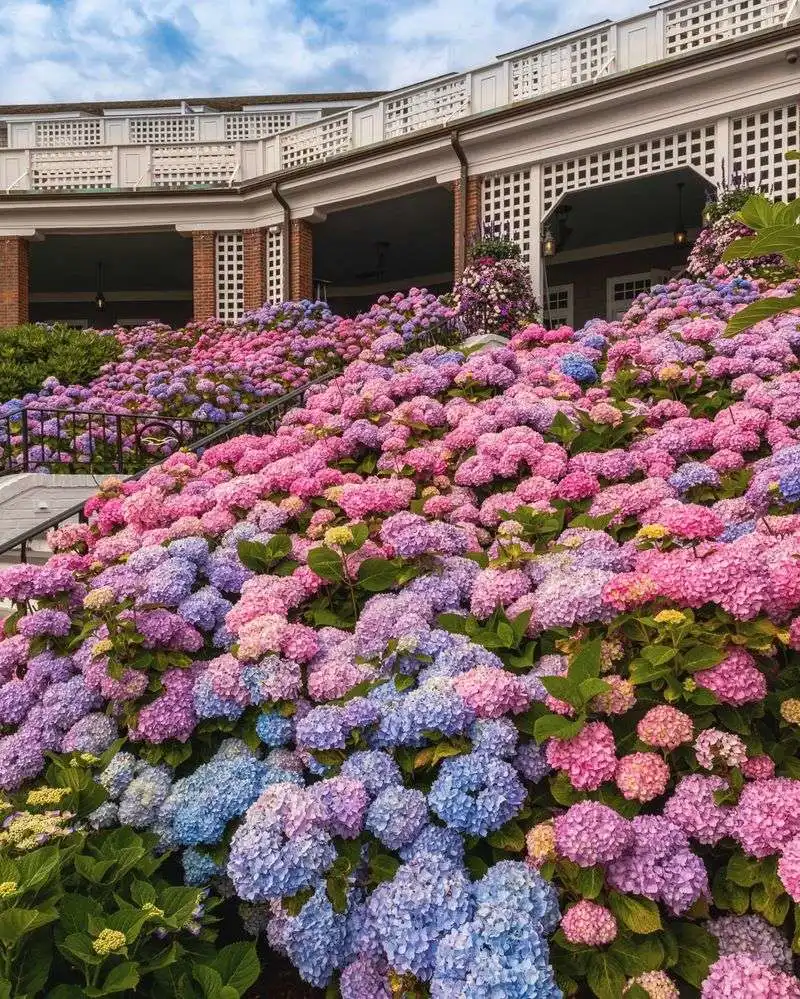
Hydrangeas are prized for their large, colorful blooms, but drought can be their downfall. These plants thrive in moist, well-drained soil and frequent watering. During drought, hydrangeas often wilt and become stressed, leading to reduced flowering and vigor. Recovery can be slow and challenging, often requiring consistent care and watering to revive their former beauty. Gardeners in dry regions may struggle to maintain hydrangeas without regular irrigation, making them a less ideal choice for drought-prone areas.
Hostas
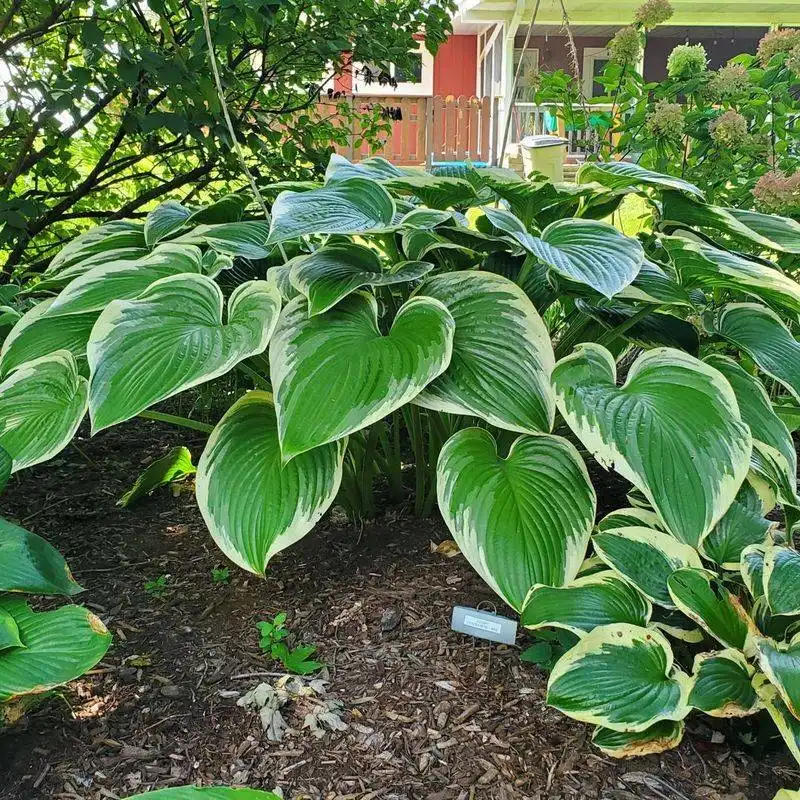
Hostas are famous for their lush, leafy appearance, but this beauty comes at a cost. These plants require constant moisture to maintain their lushness, making them vulnerable during droughts. When water is scarce, hostas often experience leaf browning and wilting. Recovery is possible but often requires significant effort and consistent watering. Gardeners in arid environments may find hostas challenging to cultivate unless additional measures are taken to retain soil moisture, such as mulching or frequent irrigation.
Azaleas
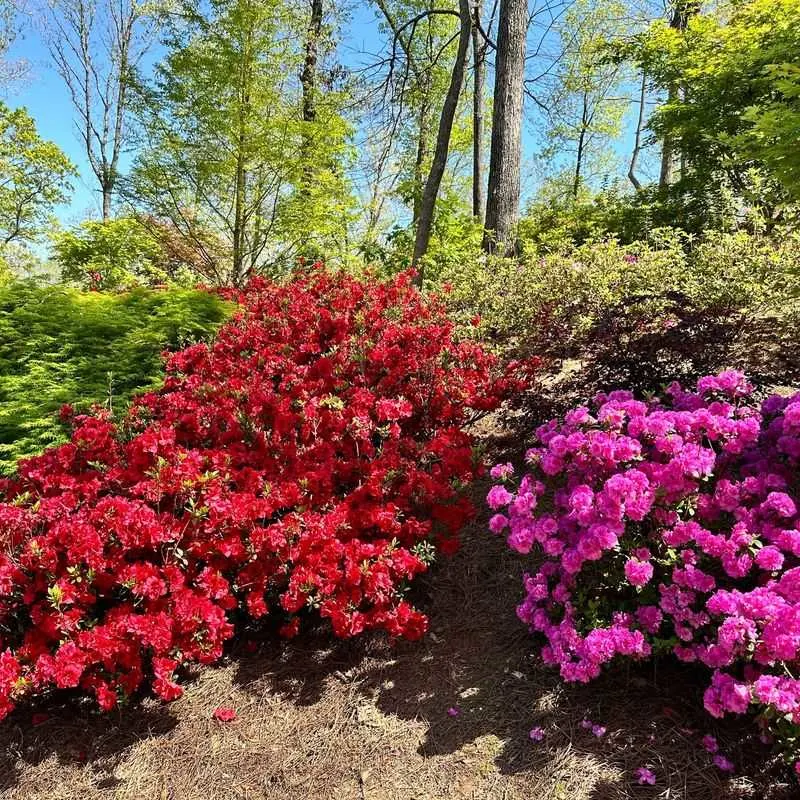
Azaleas, with their vibrant spring blooms, can be surprisingly delicate when it comes to water needs. These plants flourish in acidic, well-drained soil with consistent moisture, but drought can lead to wilting and flower drop. Recovery from drought is often difficult, as azaleas struggle to regain their vibrancy once stressed. While they add beauty to gardens, their water requirements make them less suitable for areas prone to dry spells. Ensuring adequate water is crucial for maintaining azaleas’ health and appearance.
Camellias
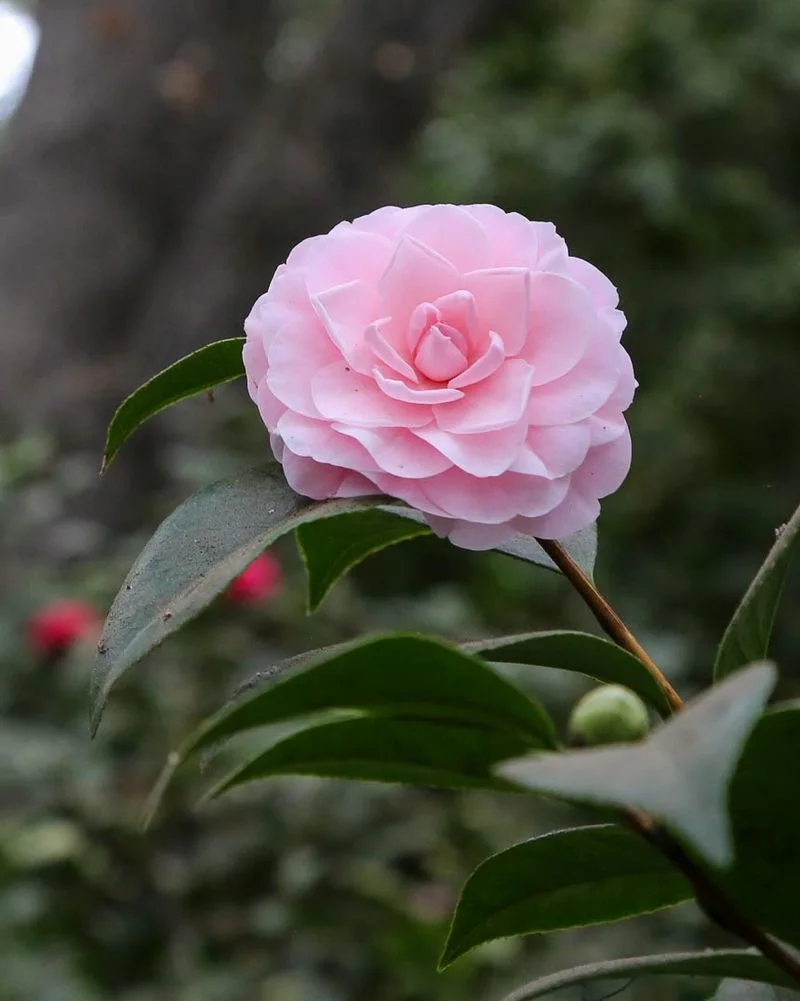
Camellias are beloved for their glossy leaves and stunning blooms, but they are sensitive to drought. These shrubs prefer consistent moisture and well-drained soils, struggling when water becomes limited. During drought, camellias often experience leaf drop and reduced flowering. Recovery can be slow, requiring careful attention and watering to restore their health. Gardeners in dry climates should consider alternative species or take extra measures to ensure camellias receive the moisture they need to thrive.

